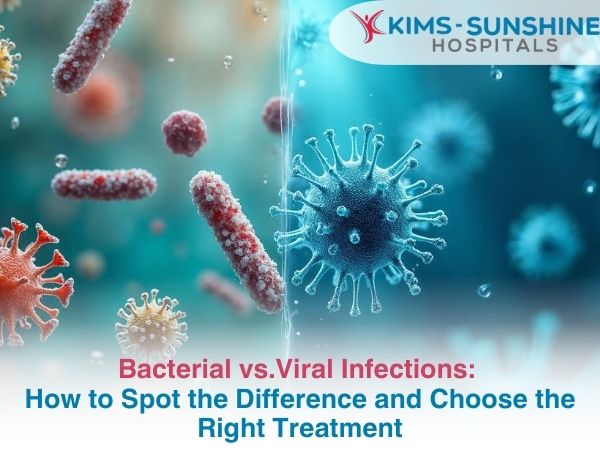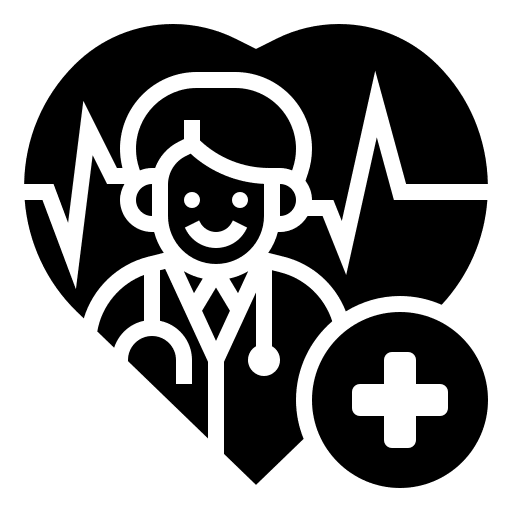
Bacterial vs. Viral Infections: How to Spot the Difference and Choose the Right Treatment

Common Symptoms Of Bacterial vs. Viral Infections
Let us first look at some of the common features of both bacterial and viral infections, before we move on to how we can differentiate between them-
- You may have a fever or flu or cold
- Diarrhoea or tummy issues
- Extreme tiredness and nausea with poor appetite
Bacteria are organisms that have their own DNA/RNA and other cellular mechanisms to help reproduce and go on with their lives while viruses need a live host to multiply. Both of them spread via contact with contaminated surfaces or by exposure to contaminated body fluids. You may get infections if you are bitten by any infected insect or tick for example.
The infections may go away on their own or may need medical treatment. Some may be chronic and continue to affect you over many years while latent infections do not show any symptoms at first, until there is some trigger event- when the latent or ‘hidden’ pathogen reactivates and begins its infectious life cycle.
Some examples of bacterial infections include – UTIs, pneumonia due to bacterial infection, STIs like gonorrhoea and chlamydia, food poisoning or typhoid, sore throat by streptococcus etc.
Examples of viral infections include- influenza, COVID, HMPV, SARS, Hepatitis etc.
Differentiating between a viral and bacterial infection is not very easy because the symptoms are so similar. But you can look at severity and the source of infection to try to understand what it could be.
Bacterial vs. Viral Infection Diagnosis Methods
Doctors normally take a detailed history to assess exposure and possible sources of contamination, but they may also do a physical exam to determine if an infection is present or not. Then, a simple blood test or a culture test can be done to check for the pathogen.
Treatment Options For Bacterial And Viral Infections
Viral infections normally tend to get better in a few days or weeks as the immune system can get rid of the pathogens, but bacterial infections need antibiotics. Viruses are treated with antiviral drugs but this is only in very rare cases. This is why vaccination is so important- it helps immensely by rendering protection to large populations and prevents any epidemics from breaking out. Most of us are vaccinated for hepatitis, common cold, herpes etc. Also, a viral infection may occur first, followed by a bacterial infection. This secondary infection is due to the immune system not working well, causing an opportunistic pathogen to cause a subsequent infection. This is commonly observed when someone has pneumonia. Treatment is obviously with antibiotics, but the viruses still need to be cleared by the immune system alone. The practice of prescribing antibiotics for all infections has backfired on us the last few decades- leading to the formation of resistant bacteria which can be life threatening in some cases.
Conclusion
There is a lot of difference in how the immune system fights bacterial and viral infections, as the mechanisms and cellular pathways used are very specialised. Symptoms may be very similar and it is possible to have both kinds of infections at the same time. But, one pathogen can NEVER change into another. The treatment approaches also differ, so talk to your doctor and do NOT self-medicate.
Frequently Asked Questions
How can I tell if my infection is bacterial or viral?
Do antibiotics work for both bacterial and viral infections?
What are common examples of bacterial and viral infections?
How long do viral infections usually last compared to bacterial infections?
Can a viral infection turn into a bacterial infection?

Dr. Prashanth Kumar K.
MBBS, MD (General Medicine)
Sr. Consultant Physician






